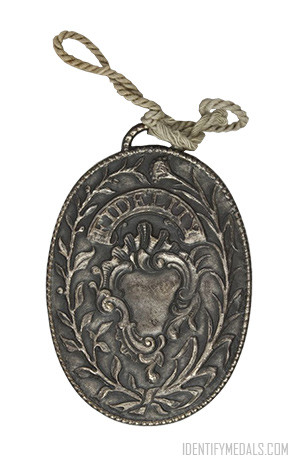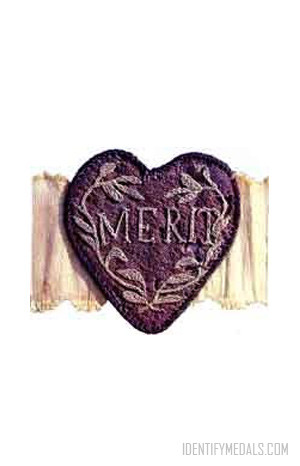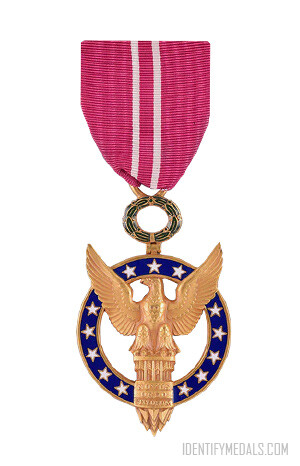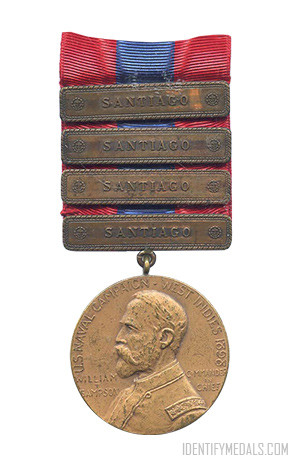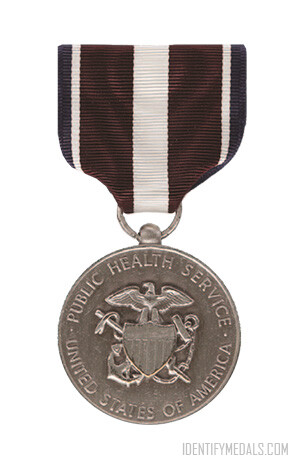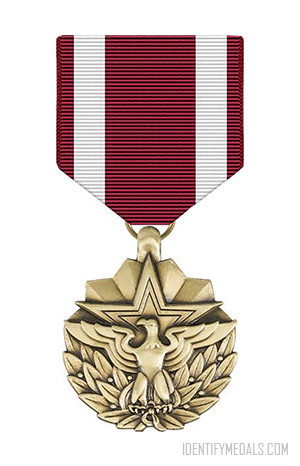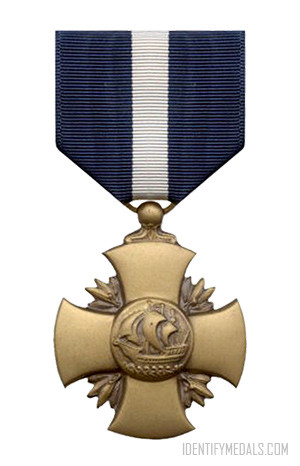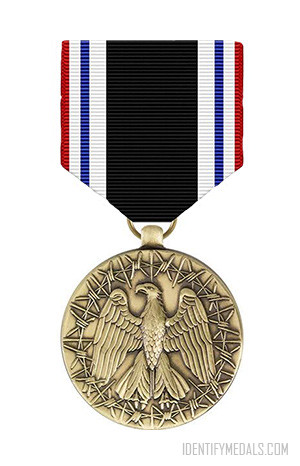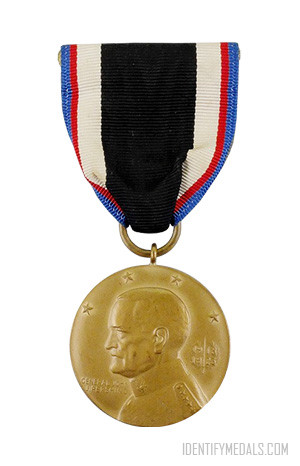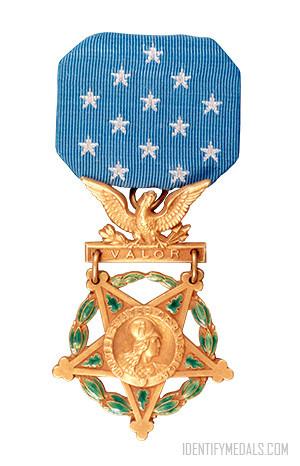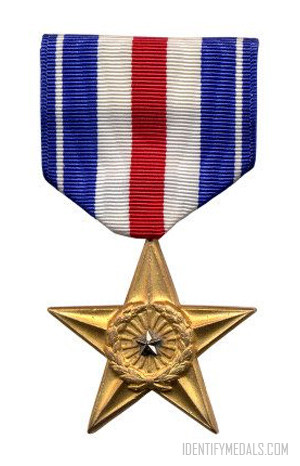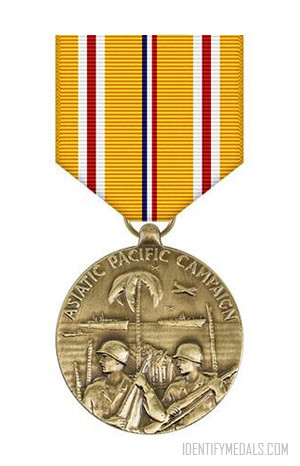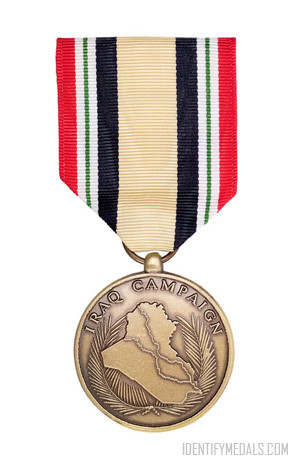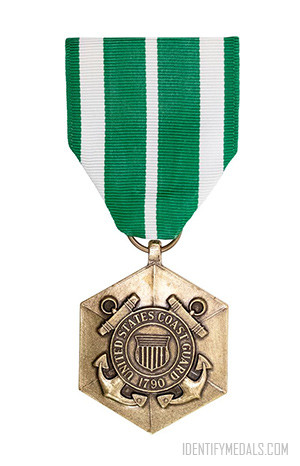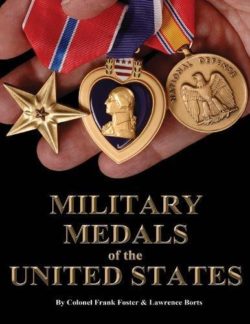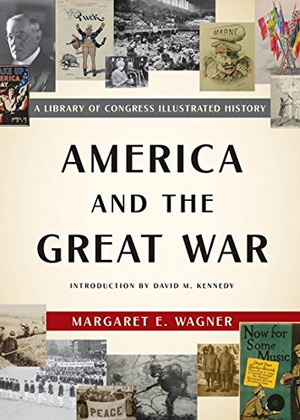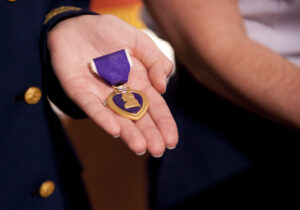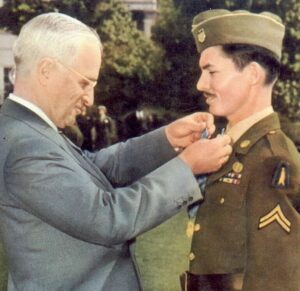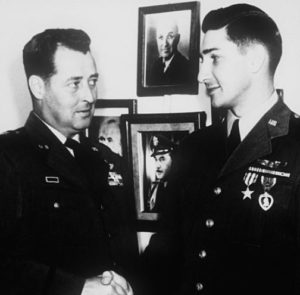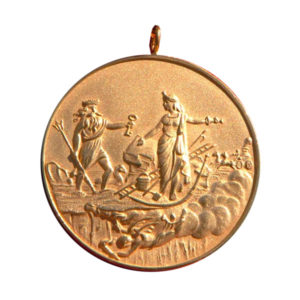- Time Period: Interwars Period
- Institution: 22 February 1932
- Country: United States
The Purple Heart is a military decoration from the United States awarded in the name of the president to those wounded or killed while serving, on or after April 5, 1917, with the U.S. military.
The Purple Heart is the oldest military award still given to U.S. military members. The Purple Heart differs from most other decorations in that an individual is not “recommended” for the decoration; rather he or she is entitled to it upon meeting specific criteria.
Criteria: [For] “Being wounded or killed in any action against an enemy of the United States or as a result of an act of any such enemy or opposing armed forces”
The Establishment of the Purple Heart (1782)
The original Purple Heart was established by George Washington on August 7, 1782. The (then called) Badge of Military Merit was only awarded to three Revolutionary War soldiers by Gen. George Washington himself. From then on, as its legend grew, so did its appearance.
On October 10, 1927, Army Chief of Staff General Charles Pelot Summerall directed that a draft bill be sent to Congress “to revive the Badge of Military Merit“. A number of private interests sought to have the medal re-instituted in the Army and on January 7, 1931, Summerall’s successor, General Douglas MacArthur, confidentially reopened work on a new design, involving the Washington Commission of Fine Arts.
The Purple Heart Revived (1932)
By Executive Order of the President of the United States, the Purple Heart was revived on the 200th Anniversary of George Washington’s birth, out of respect to his memory and military achievements, by War Department General Order No. 3, dated February 22, 1932. The first Purple Heart was awarded to MacArthur. During the early period of American involvement in World War II (December 7, 1941 – September 22, 1943), the Purple Heart was awarded both for wounds received in action against the enemy and for meritorious performance of duty.
After the award was re-authorized in 1932 some U.S. Army wounded from conflicts prior to the first World War applied for, and were awarded, the Purple Heart: “…veterans of the Civil War and Indian Wars, as well as the Spanish–American War, China Relief Expedition (Boxer Rebellion), and Philippine Insurrection” also were awarded the Purple Heart.
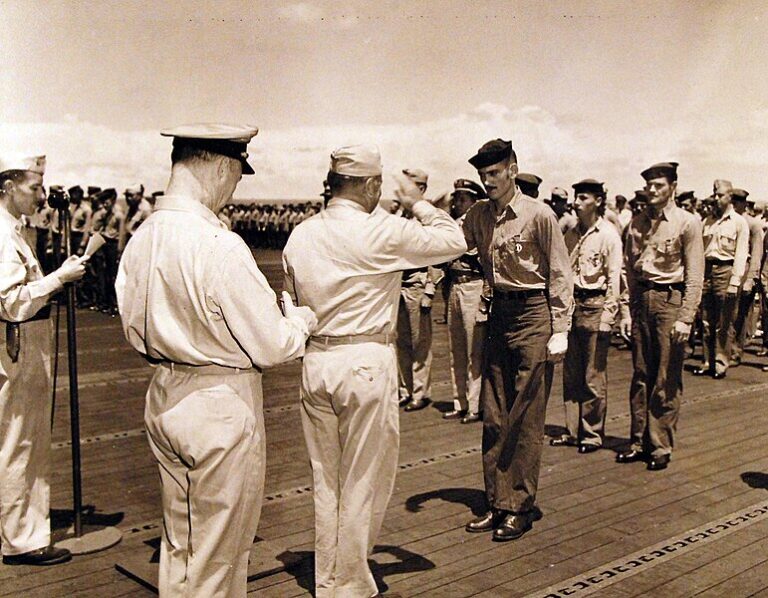
The Purple Heart Medal Design
Elizabeth Will, an Army heraldic specialist in the Office of the Quartermaster General, was named to redesign the newly revived medal, which became known as the Purple Heart. Using general specifications provided to her, Will created the design sketch for the present medal of the Purple Heart. The new design, which exhibits a bust and profile of George Washington, was issued on the bicentennial of Washington’s birth. Will’s obituary, in the edition of February 8, 1975 of The Washington Post newspaper, reflects her many contributions to military heraldry. The Commission of Fine Arts solicited plaster models from three leading sculptors for the medal, selecting that of John R. Sinnock of the Philadelphia Mint in May 1931.
The Purple Heart award is a heart-shaped medal within a gold border, 1 3⁄8 inches (35 mm) wide, containing a profile of General George Washington. On the obverse and above the heart appears a shield of the coat of arms of George Washington (a white shield with two red bars and three red stars in chief) between sprays of green leaves. The reverse consists of a raised bronze heart with the words FOR MILITARY MERIT below the coat of arms and leaves.
The ribbon is 1 3⁄8 inches (35 mm) wide and consists of the following stripes: 1⁄8 inch (3.2 mm) white 67101; 1 1⁄8 inches (29 mm) purple 67115; and 1⁄8 inch (3.2 mm) white 67101. Additional awards of the Purple Heart are denoted by oak leaf clusters in the Army and Air Force, and additional awards of the Purple Heart Medal are denoted by 5⁄16 inch stars in the Navy, Marine Corps, and Coast Guard.
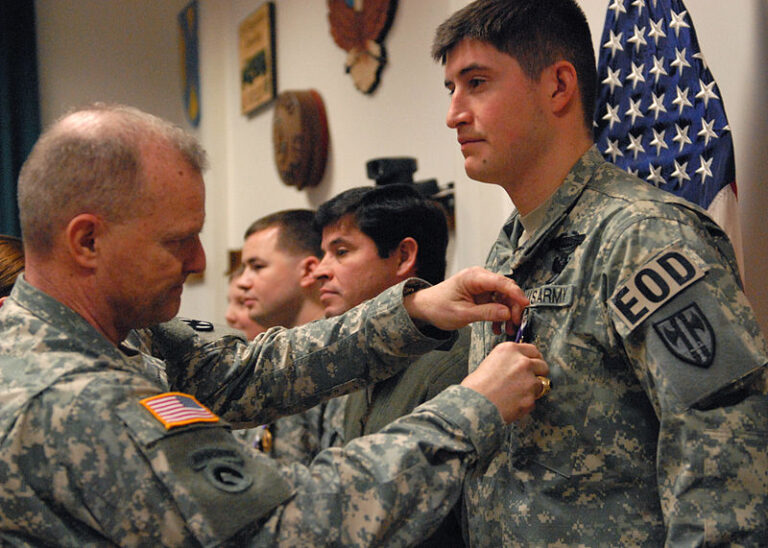
More About the Purple Heart
Do you want to learn more about this prestiguous American award? Here are some details that explore the history of the medal, its design,a nd symbolism:
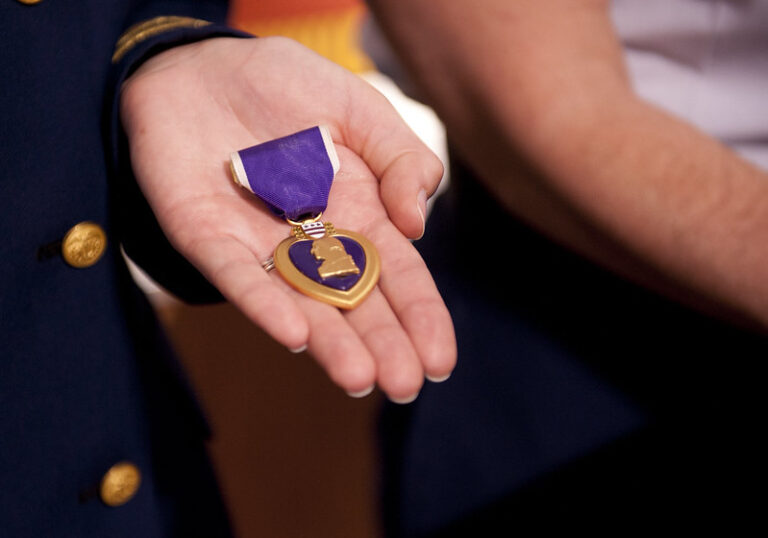
The Symbolism and Design of the Purple Heart Medal
We look at the symbolism of the Purple Heart medal, including the meaning of its color and shape, and how they honor courage and sacrifice.
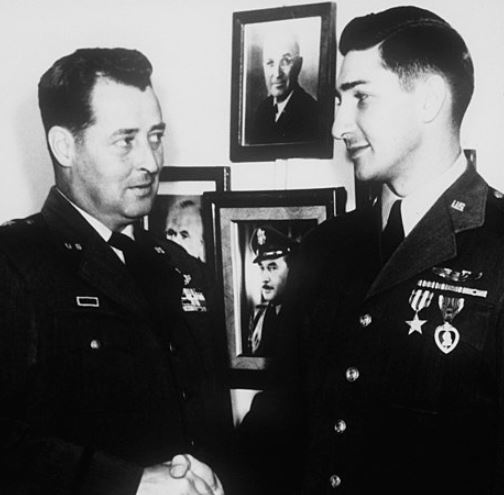
Ten Stories of Heroism That Earned Americans the Purple Heart Medal
Learn about ten American people awarded a Purple Heart for being wounded or killed due to enemy action while serving in the U.S Armed Forces.
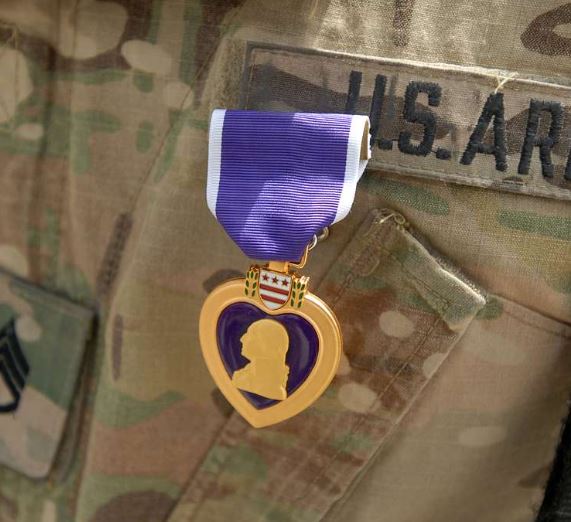
The Value Of a Purple Heart: A Thorough Guide to The Medal’s Worth
The Purple Heart is a symbol of honor, sacrifice, and bravery. But is there a standard monetary value for this important award?
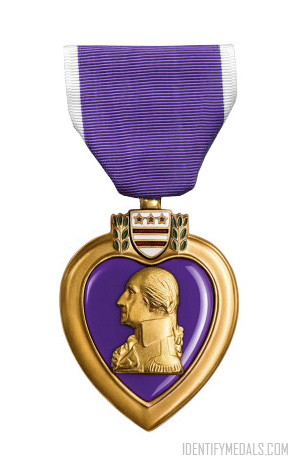
The Purple Heart: America’s Oldest Decoration Still Awarded Today
Fox enlisted in the Marine Corps in 1950 and served for 43 years until mandatory retirement at age 62, holding ranks from private to colonel.
Related Medals and Awards
The Purple Heart has a long history. So, it’s no surprise there were previous versions or medals that served as inspiration to establishing the 1932 version. These include:

